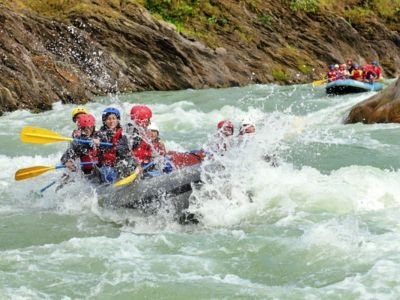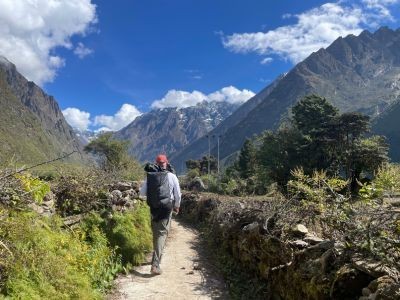Nepal, a land of unparalleled natural beauty, is home to some of the world’s most diverse ecosystems, from the lush Terai plains to the towering Himalayan peaks. To preserve its rich biodiversity, the Government of Nepal has established a network of protected areas, including national parks, wildlife reserves, and conservation areas. These protected areas not only safeguard endangered species but also serve as vital habitats for a vast range of wildlife. Let’s take a closer look at some of the most renowned protected areas in Nepal and what makes them so unique.
Table of Contents
Chitwan National Park: A Haven for Wildlife
As the first national park in Nepal, established in 1973, Chitwan National Park is one of the most iconic national parks, which was also listed in the UNESCO World Heritage Sites in 1984. Located in the Rapti Valley, this park spans 932 square kilometres of tropical lowlands and is home to diverse landscapes, including rugged Churia hills, sal forests, grasslands, and riverine forests.
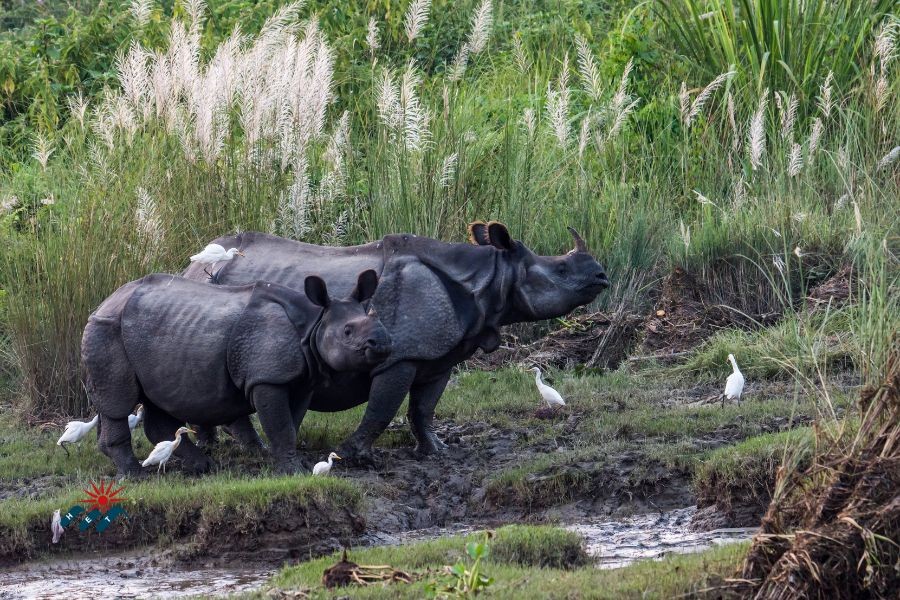
The park is a sanctuary for a wide variety of large mammals, including the endangered Royal Bengal Tiger and the one-horned rhinoceros. Other notable species such as the Gangetic dolphin, swamp deer, and several bird species can also be found here. A special Gharial Crocodile Breeding Center has been set up within the park to help increase the population of this endangered species.
Chitwan is not only famous for its wildlife but also for its eco-tourism opportunities. Visitors can enjoy guided jungle tours on the elephant back and explore the park’s rich biodiversity from various lodges inside the park and in the nearby town of Sauraha.
Sagarmatha National Park: The Majesty of the Himalayas
Home to the world’s highest peak, Mount Everest, Sagarmatha National Park was established in 1976 and covers an area of 1,148 square kilometres in the Solu-Khumbu district of northeastern Nepal. On the other hand, this was also Recognized in 1979 by UNESCO and listed in the UNESCO World Heritage Sites in Nepal, becoming the first Natural heritage of Nepal and second the Chitwan National Park.
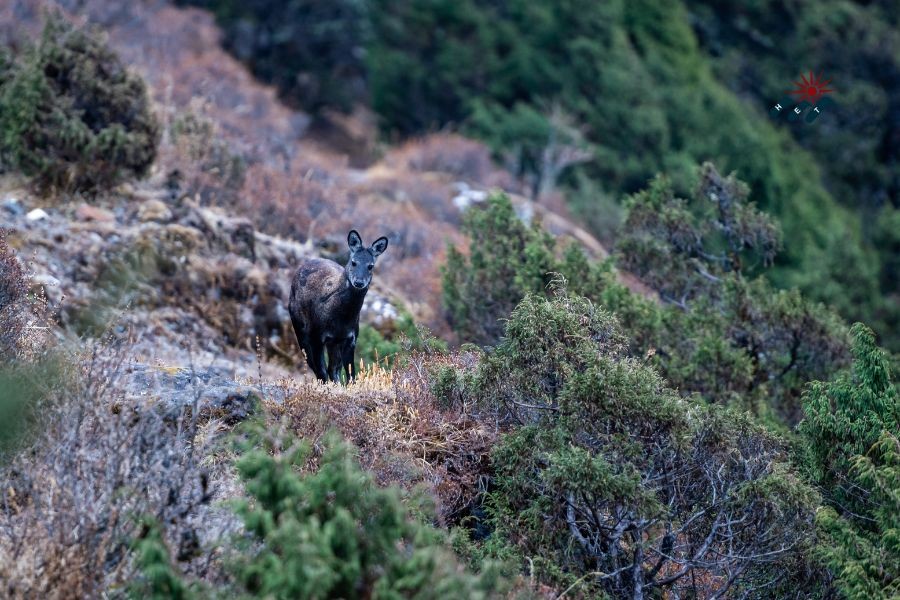
The park is a high-altitude wonderland, with terrain ranging from lush forests to snow-capped peaks. The diverse vegetation, from blue pine and fir forests at lower elevations to alpine meadows and scrub at higher altitudes, supports unique wildlife such as the musk deer, Himalayan tahr, and the elusive Himalayan wolf.
In addition to its natural beauty, Sagarmatha is culturally significant. The park includes several Sherpa villages, making it an important area for both ecological and cultural tourism. Visitors can trek through these villages, including those along the famous Everest Base Camp route, explore Buddhist monasteries, and even receive medical assistance at the Pheriche Aid Post, which provides care for trekkers suffering from altitude sickness.
Langtang National Park: A Trekker’s Paradise
Located just 30 kilometres north of Kathmandu, Langtang National Park is a hidden gem that spans 1,710 square kilometres in the central Himalayan region. This park is particularly popular among trekkers due to its proximity to the capital and the variety of trekking routes available.
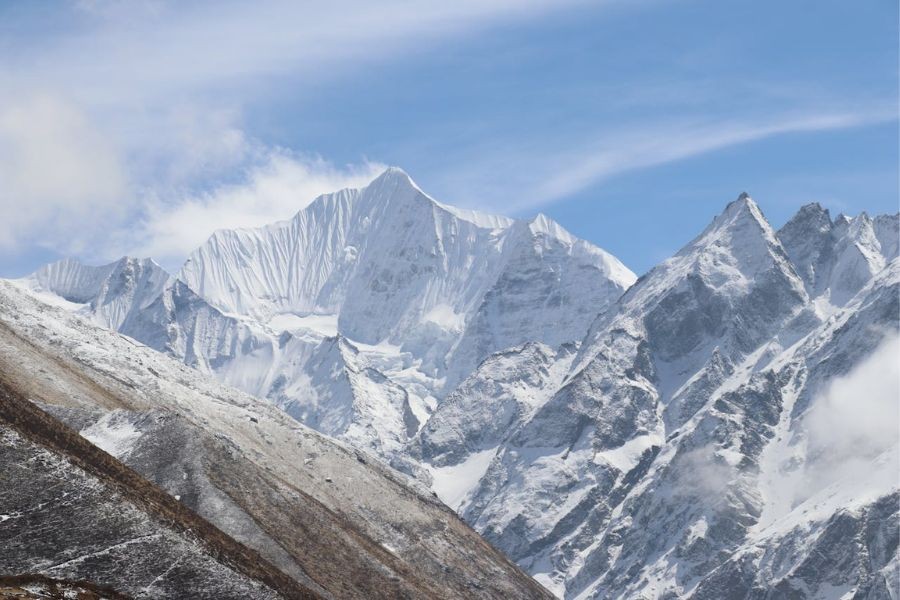
Langtang is home to a diverse range of flora and fauna, from subtropical vegetation in the lower valleys to alpine meadows at higher altitudes. The park supports over 160 bird species and 30 mammal species, including the endangered red panda, Himalayan black bear, and snow leopard. Its breathtaking landscapes, including the Langtang Valley and the snow-capped peaks of Langtang Lirung, make it a must-visit destination for nature lovers and those seeking a memorable Langtang Trek experience.
Bardia National Park: A Remote Wilderness
Nestled in the mid-western Terai region of Nepal, Bardia National Park covers 968 square kilometres and is a less-visited alternative to Chitwan. The park is a critical habitat for the Bengal tiger and boasts Nepal's second-largest tiger population. It also hosts a rich array of wildlife, including swamp deer, Gangetic dolphins, and elephants.
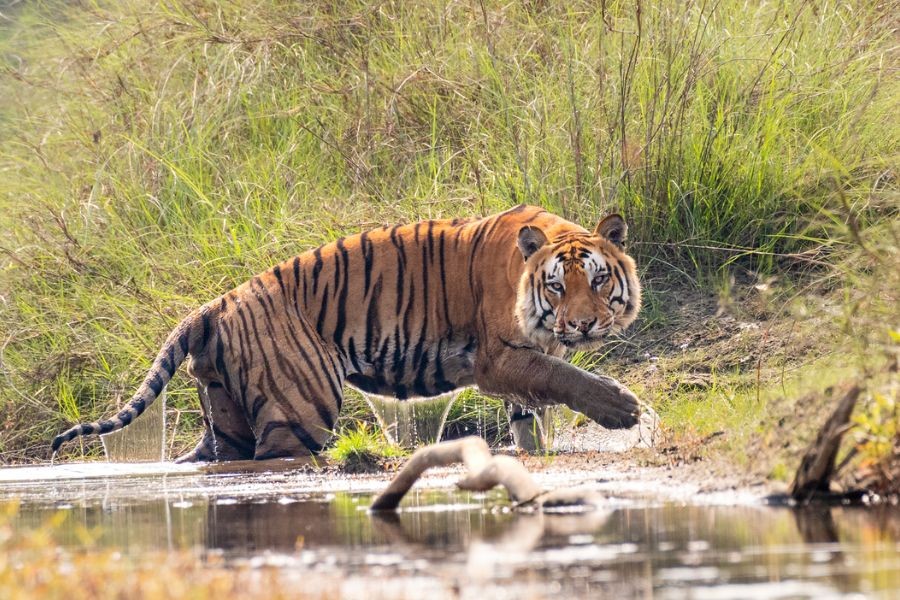
With its vast grasslands and dense forests, Bardia offers an authentic wilderness experience, where visitors can enjoy game drives, bird watching, and the opportunity to spot some of Nepal’s most elusive species. The park is also an important location for conservation research and wildlife protection efforts.
Shey-Phoksundo National Park: A Trans-Himalayan Wonderland
Established in 1984, Shey-Phoksundo National Park is located in the remote trans-Himalayan region of Nepal, covering an area of 3,555 square kilometres. The park is famous for the stunning Lake Phoksundo, which sits at an altitude of 3,600 meters and is one of Nepal's deepest lakes. The area is also renowned for the Shey-Phoksundo Trek, which attracts trekkers from around the world.
The park is a haven for Himalayan wildlife, including blue sheep, Tibetan wolf, and the endangered snow leopard. Its unique location, rich in Tibetan flora and fauna, offers trekkers a chance to experience the culture and wildlife of the high Himalayas on the Shey-Phoksundo Trek. The landscape, with its rugged mountains and arid plateaus, is both desolate and breathtakingly beautiful.
Rara National Park: The Tranquil Jewel of the Karnali Region
Nepal’s smallest national park, Rara National Park, is located in the remote northwest of the country. The park's centrepiece is the picturesque Lake Rara, a serene, glacial lake surrounded by lush forests and snow-capped peaks. The park is home to various wildlife, including musk deer, wild boar, and Himalayan black bear, as well as a wide variety of bird species. The Rara Lake Trek offers an incredible opportunity to explore this pristine region.
Rara is an off-the-beaten-path destination that requires a bit of effort to reach, but it rewards visitors with its untouched landscapes and quiet solitude. The Rara Lake Trek allows trekkers to witness the lake, which is especially stunning in winter when it is often covered with ice, offering a magical view.
Suklaphanta National Park: A Grassland Sanctuary
Located in the southwestern corner of Nepal, Suklaphanta National Park is a diverse wildlife reserve that spans 305 square kilometres. The park is a key habitat for the swamp deer, and it boasts one of the best game-viewing experiences in Nepal. Suklaphanta’s grasslands, mixed forests, and riverine habitats are also home to tigers, wild elephants, and a variety of bird species.
This park offers a more tranquil wildlife experience compared to some of the more tourist-heavy areas like Chitwan, making it an excellent destination for wildlife enthusiasts and photographers.
Makalu-Barun National Park: A Remote Wilderness of Biodiversity
Makalu-Barun National Park, located east of Everest, covers an area of 1,500 square kilometres and is one of Nepal's least disturbed natural areas. The park is known for its spectacular biodiversity, including rare species like the red panda, clouded leopard, and musk deer. The towering Mount Makalu (8,485 meters) stands as the park’s crown jewel, and the Makalu Base Camp Trek offers trekkers an opportunity to experience this breathtaking region.
This remote and rugged area is perfect for experienced trekkers looking to explore Nepal’s wilderness in its purest form, far from the crowds, while embarking on the challenging and rewarding Makalu Base Camp Trek.
Shivapuri Nagarjun National Park: A Gateway to Kathmandu’s Greenery
Located just north of Kathmandu, Shivapuri Nagarjun National Park offers a refreshing escape from the bustle of the capital. Covering 159 square kilometres, the park is a vital water catchment area for the Kathmandu Valley and is home to various wildlife, including sloth bears, leopards, and langur monkeys.
The park’s diverse ecosystems range from subtropical forests to alpine meadows, and it is a popular destination for both nature walks and bird watching.
Koshi Tappu Wildlife Reserve: A Birdwatcher’s Paradise
Though small in size, Koshi Tappu Wildlife Reserve is a key conservation area in eastern Nepal. This reserve is home to the rare wild buffalo, along with over 400 species of birds, making it a paradise for birdwatchers. The reserve’s wetlands attract a wide variety of migratory birds, including waterfowl and wading birds.
Annapurna Conservation Area: A Model for Sustainable Development
The Annapurna Conservation Area, spanning 7,629 square kilometres, is one of Nepal's most iconic trekking destinations. The region includes the Annapurna massif, the Mustang Plateau, and several unique ecosystems, from subtropical forests to alpine meadows. Treks in the Annapurna Region offer trekkers a chance to explore these diverse landscapes while immersing themselves in the beauty of the region.
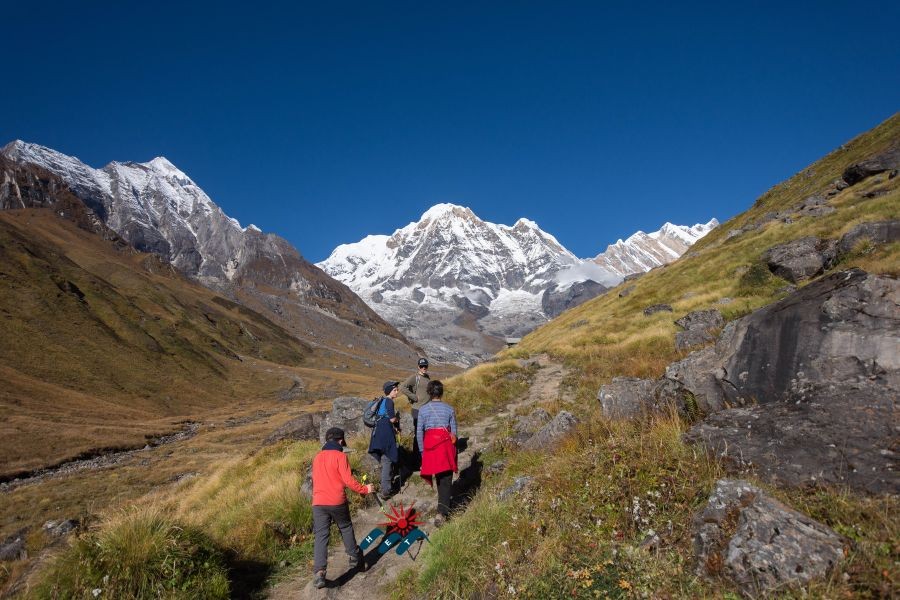
The Annapurna Conservation Area is renowned not only for its stunning landscapes but also for its community-based conservation efforts, making it a model for sustainable tourism. The Annapurna Region Trek allows visitors to experience the area’s natural wonders while supporting local communities and conservation initiatives.
A Treasure Trove of Nature and Culture
Nepal’s protected areas are not just about preserving its stunning wildlife; they are also about celebrating the harmony between nature, culture, and local communities. These parks and reserves offer not only opportunities for wildlife conservation but also enriching experiences for trekkers, nature lovers, and anyone seeking a connection with the environment.
Whether you’re interested in observing the majestic Bengal tiger in Chitwan, trekking the rugged trails of Langtang, or experiencing the tranquil beauty of Rara Lake, Nepal’s protected areas promise unforgettable adventures. So, pack your bags and set out on a journey to explore the natural wonders of Nepal an experience that will stay with you forever.
Plan your trip with HET
With over 3 decades of experience, Himalayan Ecological Trekking is your trusted partner for sustainable travel in Nepal. We are committed to preserving the natural beauty and cultural heritage of this incredible region while offering unforgettable experiences, whether it’s trekking through the Himalayas, exploring serene landscapes, or bird watching in Nepal’s diverse ecosystems.
Join us in our mission to protect the environment while creating memories that last a lifetime. Book your journey with us today and experience Nepal in its purest eco-friendly, sustainable, and with a personal touch that only decades of expertise can offer. Let’s embark on an adventure that celebrates nature, culture, and conservation!
Start your eco-friendly journey with Himalayan Ecological Trekking now!
